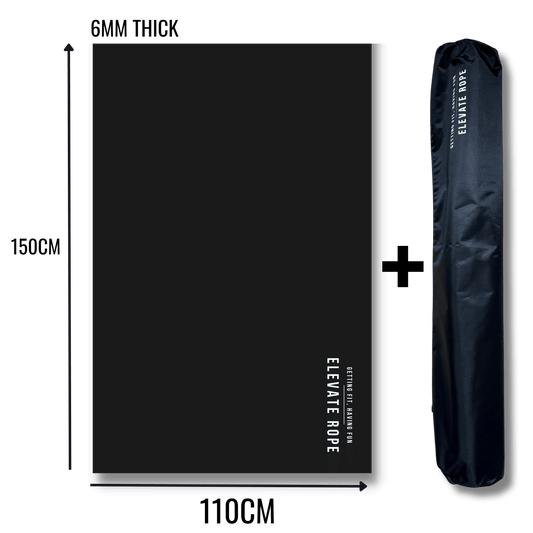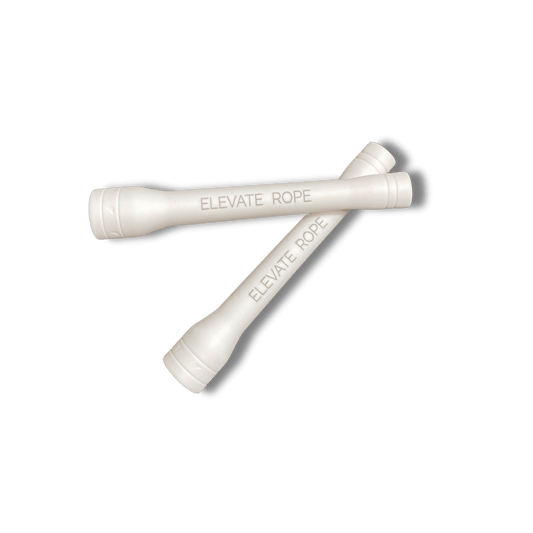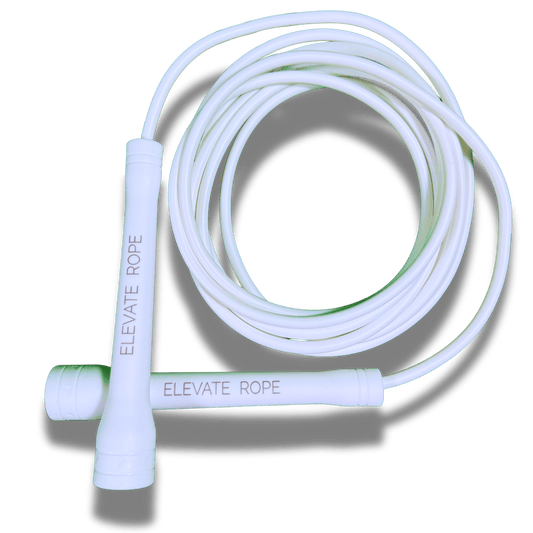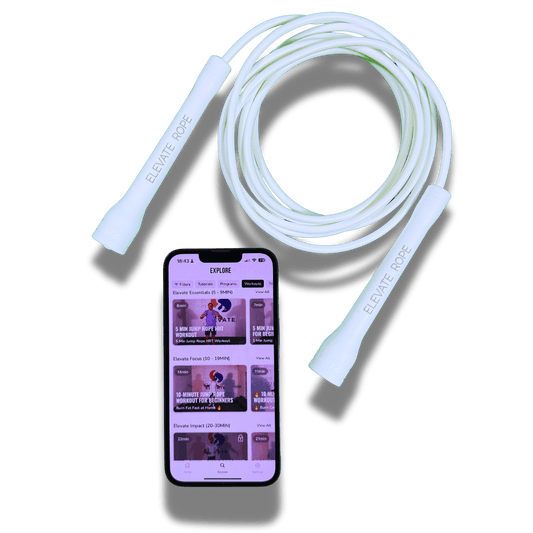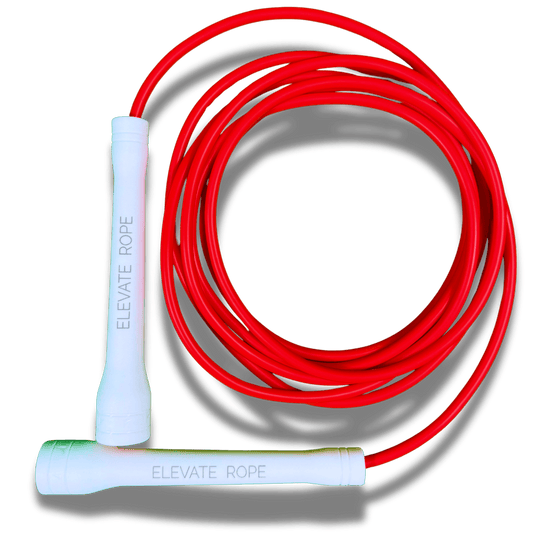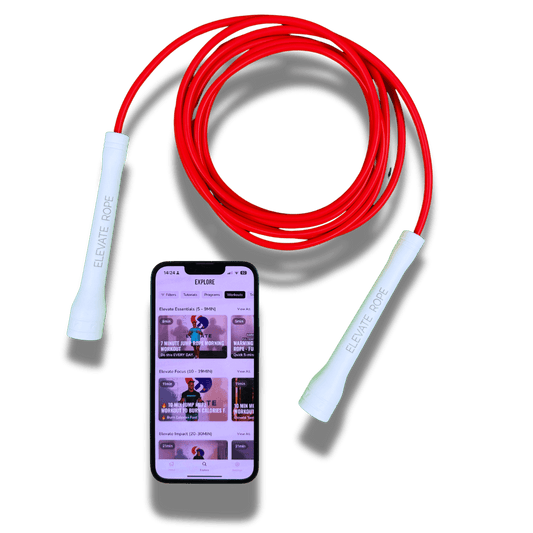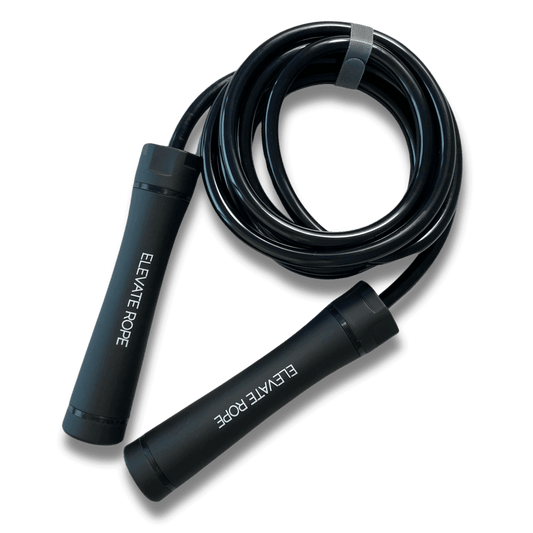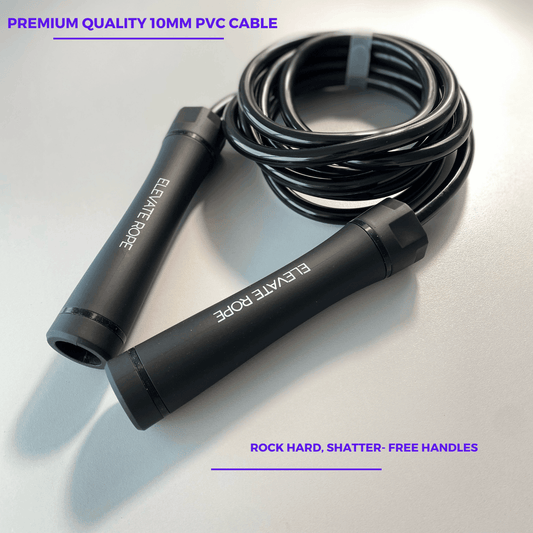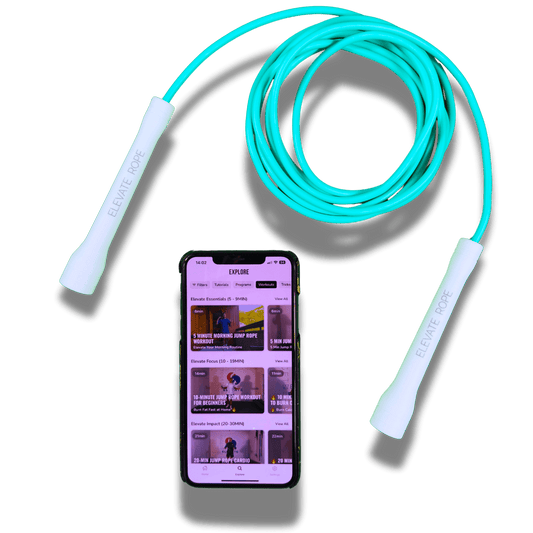Si vous avez atteint la quarantaine et que vous avez remarqué que perdre du poids ressemble à essayer de mettre un jean dans le sèche-linge en espérant qu'il en ressorte plus ample, vous n'êtes pas seul. Ce n'est pas juste votre imagination : votre métabolisme ralentit, vos hormones vous jouent des tours, et le stress ajoute une généreuse couche de graisse abdominale pour le plaisir. Donc naturellement, beaucoup de personnes dans la quarantaine, la cinquantaine, et même au début de la soixantaine cherchent des stratégies de perte de poids qui ne nécessitent pas de se priver, de sprinter, ou de faire semblant d'aimer les chips de chou kale. La bonne nouvelle ? Certaines des tendances récentes fonctionnent réellement. Mieux encore, elles sont assez réalistes pour être suivies sur le long terme.
Vous n'avez pas besoin d'un tapis roulant dans votre salon
Soyons honnêtes : la plupart d'entre nous ne se réveillent pas excités à l'idée d'aller courir. Nous sommes fatigués. Les genoux ne sont plus ce qu'ils étaient. Et l'idée de tout exercice à fort impact nous pousse instinctivement à chercher des packs de glace. Mais la tendance récente est plutôt aux entraînements de force à faible impact et à la marche—oui, juste marcher. Une marche rapide quotidienne, surtout en plein air, fait plus que brûler quelques calories. Elle régule l'humeur, équilibre les hormones et réduit le cortisol, qui peut être l'une des raisons les plus sournoises pour lesquelles votre ventre semble plus gonflé que d'habitude.
L'autre gagnant sous-estimé ? Le muscle. Le développer—pas nécessairement prendre du volume—brûle plus de calories au repos. La nouvelle tendance ici est le micro-levage. Les gens font moins de répétitions, prennent des pauses plus longues entre les séries, et gagnent en force et définition. Les personnes de la mi-vie constatent qu'elles n'ont pas besoin de séances d'une heure non plus. Dix à vingt minutes, quelques fois par semaine, avec une vraie régularité, apportent de vrais changements.

Technologie vibrante : pas un gadget cette fois
Il y a toujours une nouvelle machine ou méthode qui ressemble plus à un accessoire de film de science-fiction qu'à un outil légitime. Mais cette fois, l'une d'elles montre réellement des résultats. Le plaque vibrante pour la perte de poids attire l'attention, surtout chez les utilisateurs de la mi-vie qui disent que c'est la première chose « vue à la télé » qui ne finit pas directement dans la pile de dons. Voici pourquoi : la plaque stimule vos muscles par des vibrations rapides pendant que vous êtes debout, accroupi ou que vous faites de petits mouvements dessus. Ce n'est pas passif. Votre tronc doit s'engager pour vous stabiliser, et vos muscles répondent par des centaines de petites contractions.

Cela ne remplace pas le mouvement, mais cela s'y ajoute. Quelques minutes sur l'un de ces appareils peuvent réveiller votre corps d'une manière qu'une tasse de café ne peut pas. Les utilisateurs dans la cinquantaine et la soixantaine disent que cela aide à réduire la raideur, améliore l'équilibre et encourage une meilleure posture, ce qui conduit souvent à une meilleure démarche et moins de douleurs dorsales. C'est une habitude quotidienne courte qui ne vous laisse pas en sueur mais vous fait quand même sentir que vous avez fait quelque chose. Parce que vous l'avez fait.
Jeûne léger, pas jeûne misérable
Jeûne intermittent est devenu tendance il y a quelques années, et cela ne s'est pas estompé—mais cela a aussi évolué. La nouvelle approche n'est pas une question de coupures extrêmes ou de sauter des repas qui vous laissent faible et irritable. Les jeûneurs de la mi-vie optent pour des horaires plus doux. Les fenêtres 12:12 ou 14:10 (où vous mangez dans une fenêtre de 12 ou 10 heures et jeûnez le reste du temps) sont plus faciles à suivre et apportent toujours des bénéfices.
Pourquoi cela fonctionne-t-il bien pour la prise de poids à la mi-vie ? Cela réduit les grignotages nocturnes, qui ont tendance à être le royaume des calories vides et des choix impulsifs sucrés. Cela donne aussi une pause à votre système digestif. La plupart des gens n'ont même pas besoin de compter les calories avec cette méthode car manger dans une fenêtre limite naturellement les excès. Les gens rapportent qu'ils dorment mieux, se sentent moins ballonnés et attendent réellement leurs repas au lieu de grignoter toute la journée.
Et il n'y a pas de récompense à sauter le petit-déjeuner si vous aimez ça. L'approche qui se répand est flexible — si vous avez un dîner, vous ajustez votre fenêtre. Si vous vous réveillez affamé, vous mangez. C'est structuré sans être punitif.
Des entraînements qui sont vraiment amusants ? Oui, vraiment.
La nouvelle tendance des entraînements pour les plus de 40 ans ne consiste pas à pousser plus fort — il s'agit de mieux choisir. Le virage s'est fait vers un mouvement qui est amusant, fonctionnel, et moins susceptible de vous laisser endolori pendant trois jours. Cela signifie que plus de personnes s'inscrivent à des cours basés sur la danse, des séances de résistance aquatique, et ateliers de corde à sauter. Non seulement ces options font monter votre rythme cardiaque, mais elles aident à la coordination, à l'équilibre, et même à la vivacité mentale.
La corde à sauter, en particulier, fait un retour — pas à la manière de Rocky Balboa, mais en courtes rafales joyeuses. Elle développe l'endurance et la densité osseuse tout en renforçant les articulations sans nécessiter une salle de sport complète. Les gens choisissent des routines qui leur rappellent leur enfance, et surprise : quand c'est amusant, on le fait vraiment.
La variété est aussi devenue la règle du jeu. Certains jours, c'est une balade à vélo, d'autres une courte séance de yoga sur YouTube. La constance compte bien plus que la perfection. Et les sportifs de la quarantaine adoptent enfin cet état d'esprit.
La nouvelle arme secrète ? Le sommeil et la gestion du stress
Voici où ça devient sérieux. Vous pouvez suivre le meilleur régime du monde et faire de l'exercice tous les jours, mais si votre sommeil est mauvais et que votre niveau de stress est au maximum, la balance ne bougera pas. Et même si elle bouge, vous ne vous sentirez pas bien dans votre corps. C'est là que les dernières stratégies sont étonnamment douces, mais non moins puissantes.
Les gens commencent enfin à voir le stress comme quelque chose qu'il faut affronter directement. Cela signifie des exercices de respiration, de la thérapie, du journal intime, ou même quelque chose d'aussi simple que d'éteindre son téléphone plus tôt le soir. Et puis il y a l'hygiène du sommeil. Pas le genre ennuyeux avec une bougie à la lavande, mais de vrais changements — comme des heures de coucher régulières, des chambres plus fraîches, et oui, moins de défilement au lit.

Les corps à la quarantaine ne récupèrent pas de la même manière d'une dette de sommeil. Une mauvaise nuit de sommeil peut perturber les hormones de la faim, vous faire désirer du sucre, et provoquer une rétention d'eau. Donc, une réinitialisation complète commence dans la chambre, pas dans la cuisine. Cette attention au repos est moins une question de chouchoutage qu'une véritable récupération dont votre corps a besoin pour perdre de la graisse et la garder.
Une leçon à coller sur le frigo
Le plus grand changement actuel est que les gens en ont assez des solutions extrêmes. La quarantaine ne s'accompagne pas d'une énergie ou d'un temps illimités, et cela est enfin reconnu dans la façon dont les gens abordent la perte de poids. Des routines plus simples. Des méthodes plus douces. Des outils plus intelligents. Plus de grâce. Il ne s'agit pas d'essayer de paraître à nouveau âgé de 25 ans. Il s'agit de se sentir à nouveau soi-même — fort, stable, et non dominé par le chiffre sur la balance.
Vous pourriez aussi aimer
1. Comment choisir la bonne longueur de corde à sauter selon votre taille
2. Vitesse, perles ou lestée ? Trouvez la meilleure corde pour vos objectifs
3. PVC, câble ou perles ? Comment choisir le bon matériau pour votre corde à sauter
4. Comment ajuster votre corde à sauter en 3 étapes faciles
5. La meilleure corde à sauter pour les doubles sauts — et pourquoi c'est important
